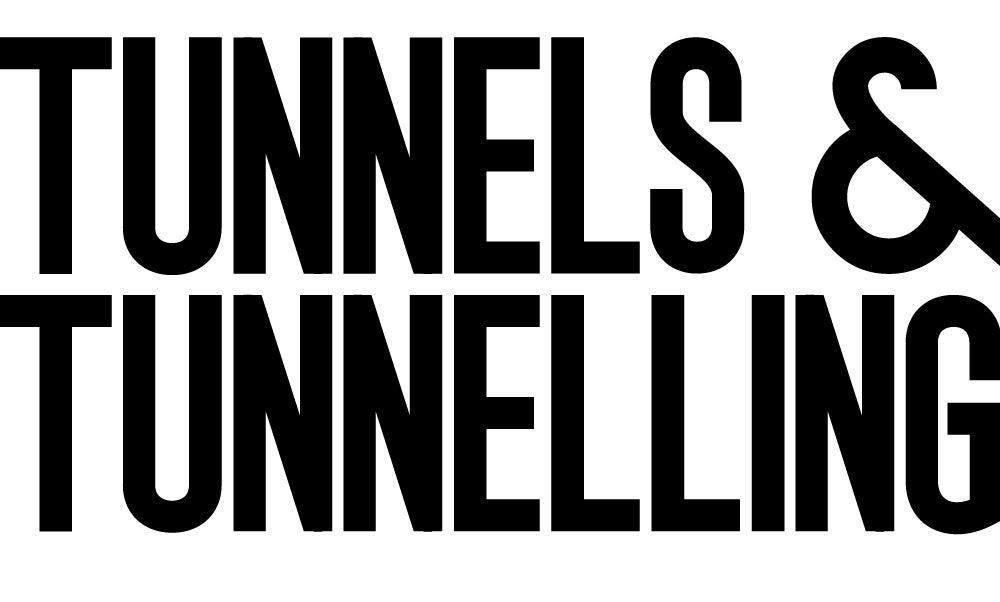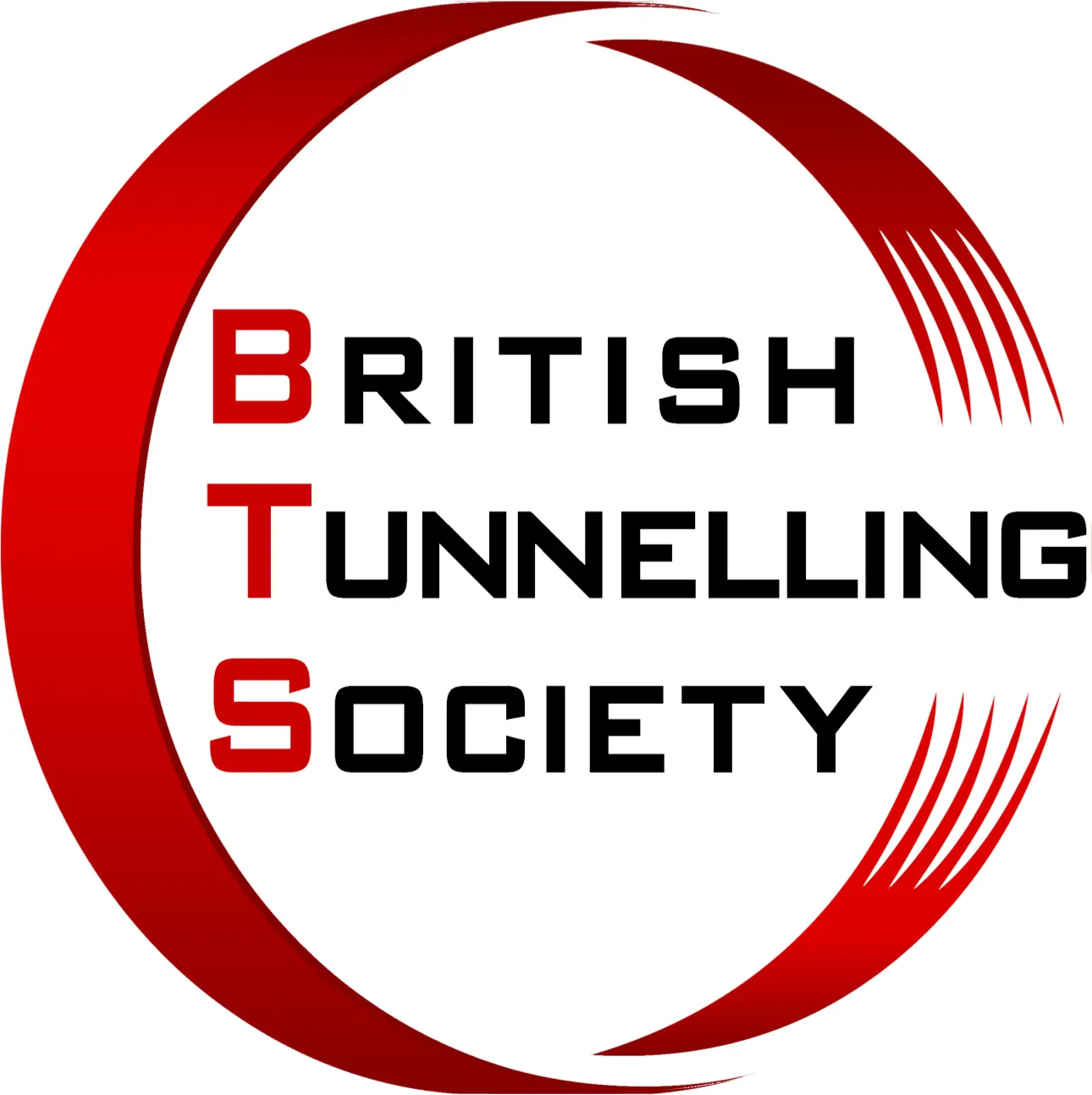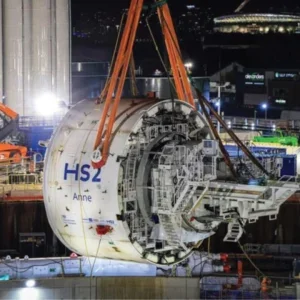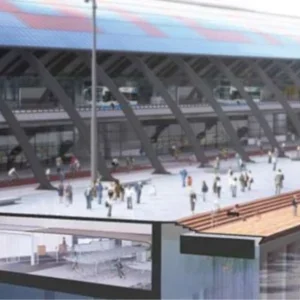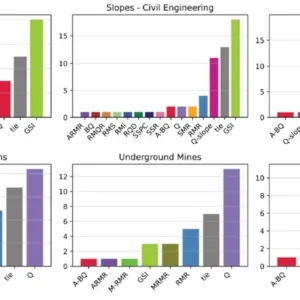
Across three busy days in June, the Rapid Excavation and Tunneling Conference (RETC) will present North America’s biggest packed programme of the year to share information on underground construction along with offering social events and networking opportunities.
RETC 2025 is sponsored by the Society for Mining, Metallurgy & Exploration (SME) and this edition of the major bi-annual gathering is located in Dallas, TX. The main conference and exhibition runs over 9-11 June and will be held at the Sheraton Dallas Hotel.
Immediately before the main event, for a half-day on 8 June, a short course is being run – ‘Advances in Concrete Design and Construction for Underground Construction’, taught by a range of industry experts. It is designed to give information to early career and a be a useful refresher to experienced professionals (see box panel).
Also on 8 June there is a talk and panel discussion on specialised insurance and surety needs of the tunnelling industry. The two-hour session takes place midafternoon. Speakers are:
- Craig Covil, who has worked in a range of roles and parts of the industry, including involvement in tunnel arbitration and claims assessments;
- Robert Goodfellow, Senior Vice president for Aldea Services, LLC, and co-authored tunnel industry guidelines for risk management; and,
- Jim Merrill, Senior Vice President for NFP Construction & Infrastructure, who has financial sector experience, including banking, insurance and surety
TECHNICAL PROGRAMME
The main conference has a Technical Programme that will runs with four tracks in parallel, through each halfday session over the two principle days (9-10 June) of the main conference, and also the final talks early on the last day (11 June). The tracks are:
MONDAY 9 JUNE
Morning:
- Alternative delivery and design build
- Contract practices
- Ground support and final lining
- Grouting and ground modification
Afternoon:
- Difficult ground
- Ground control, face support and monitoring
- Hard rock TBMs
- New and innovative technologies 1
TUESDAY 10 JUNE
Morning:
- Future projects and project planning
- Microtunnelling and trenchless tunnelling 1
- New and innovative technologies 1
- SEM/NATM, large span tunnels and caverns
Afternoon:
- Design 1
- International projects
- Pressurised face TBM technology and case histories
- Tunnel rehabilitation
WEDNESDAY 11 JUNE
Morning:
- Design 2
- Microtunnelling and trenchless tunnelling 2
- Shafts and mining
- Sustainability, environment, health & safety
After the main conference, there is also a field trip to the Mill Creek Drainage Relief Tunnel project, being constructed by the City of Dallas. The tunnel is 5 mileslong, is 30ft-35ft diameter, and runs 120ft-175ft below the surface.
PROGRAMME SPOTLIGHTS
There is far more to cover in the Technical Programme than there is space to do so, and so our selection looks at the beginning, as Tracks 1-4 commence.
MONDAY 9 JUNE
Four presentations are tightly planned to open each track, and held from 09.30 to almost 11.00, after which a Q&A session will be held before delegates then break for the Exhibition Hall and lunch.
Track 1 – Alternative delivery and design build
The four presentations are:
- Lessons from using Progressive Design Build (PDB) contracts in North America
- Design Build uses trenchless methods for utility improvement
- Innovative design and construction of a passageway tunnel rail tunnel at between NY rail stations
- Lessons in risk management and dispute resolution in cases of Early Contractor Involvement (ECI), including PDB projects
Two of the presentations, therefore, are to involve discussions around PDB projects, and both are to reflect on successes and challenges so far in the application of this procurement model in North America.
Track 2 – Contract practices
The presentations are:
- Contingency funding for tunnel projects
- Avoiding and resolving multi-party disputes
- Collaborative procurement and contract practices
- Benefit and challenge with Baseline practices
The presentations are quite varied: first, a look at ways project owners can build risk tolerance into the bidding process in an era of high interest rates that sees seek more federal backing but that support is tighter on margins for contingency funding; second, consideration of co-ordinated processes under separate contracts to help avoid and resolve multi-party disputes; third, addressing a series of “particularly risky” tunnels by the owner combining them into an alternative procurement package and performing a series of steps including prequalification, collaborative workshops, and competitive sealed bids; and, last, looking at how TBM projects in cohesive ground that presents clogging potential have helpful contractual clarity with Geotechnical Baseline Reports (GBR) and this has been increasing in North America.
Track 3 – Ground support and final lining
The presentations look at four different tunnel projects, the different challenges of which were:
First, use of Sequential Excavation Method (SEM) for a new stormwater drainage tunnel, parallel to the existing tunnel, in weak sandstone and overlying limestone, for a variety of tunnel openings ranging from large flat-back box tunnel to long-span junctions a cathedral-shaped sections.
Second, a design-build solution that developed innovative ground support for weak fractured geology and also Cast-in-Place (CIP) concrete lining to allow construction of an underground stilling basin for discharge improvement at a dam project, in Japan. The project saw a reinforced concrete pillar support used to support the excavated space and concrete forms in the CIP works stage to help constructability and with the programme schedule.
Third, the engineering of backfill around three steel pipes running through a carrier tunnel constructed by TBM, with challenges that included mix designs, heat of hydration temperature control, steel pipe buoyancy control, water ingress management, and contact and skin grouting.
Last, another pipe burial inside a tunnel is discussed – this time as part of the final lining, though, where Self- Compacting Concrete (SCC) was used for backfilling around the 72-inch steel pipe used and potential remaining voids were grouted.
Track 4 – Grouting and ground modification
Also four presentations to begin this track, and they look at:
First, addressing construction risk on a tunnel to be decommissioned at a dam, with mitigation measures including use of high-pressure tremie grouting to backfill under the main dam structure.
Second, another discussion on construction risk, this time considering how grouting on projects is becoming weighted more to risk management for bids as opposed to anticipating the scope and quantity of grouting.
The abstract says “This often leads to grout quantities which are reflections of the risk allocation process, not the geologic conditions.”
Grouting design and specification are to be discussed along with contracting methods.
Third, ground improvement using compacted grouted columns (CGC), in the case of a microtunnelling job – introduced as a construction alternative. The CGC helped to minimise settlement in marsh layers, transfer pipe loads to bearing layers, and maintain slope stability.
Last, construction experience is shared on another type of ground improvement – using Deep Cement Mixing (DCM).
DCM was used to improve soft clays. Details will be shared on the current design code, data from laboratory testing, and recommendations for selecting stiffness to strength ratios for different Unconfined Compressive Strength (UCS) values.
NETWORKING EVENTS
A number of networking and social events are planned throughout RETC 2025, including:
Monday 9 June
07.00 – RETC Scholarship Recipients Breakfast
07.00 – Women in Tunnelling Breakfast, sponsored by Affholder, Delve Underground, and Brierley Associates. Panel talk will focus on ‘Workforce Sustainability – Lessons for the Future’
11.30 – Welcoming Lunch, sponsored by JF Shea. Speaker is Ivan Joseph, a performance coach, leadership and cultural transformation expert
17.00 – RETC Scholarship Recipients Reception
17.00 – Exhibition Hall hosted reception
20.00 – UCA of SME Young Members Reception, sponsored by Affholder and Stantec
Monday 10 June
07.00 – UCA of SME Breakfast
11.30 – Exhibition Hall lunch
16.00 – Exhibition Hall hosted reception, sponsored by Frontier-Kemper Constructors
SPONSORS OF RETC 2025
Overall Conference Sponsor:
Jennmar Civil
GOLD level:
Frontier-Kemper Constructors;
Hatch;
Herrenknecht;
HNTB;
Jacobs;
Mott MacDonald;
Skanska; and,
Traylor Bros.
SILVER level:
Affholder;
Barnard;
Jay Dee;
JF Shea;
Kiewit; and,
Turnstone Industrial Solutions.
BRONZE level:
Aztec (part of Typsa);
Dr Sauer & Partners;
Black & Veatch;
Brierley Associates;
Delve Underground;
Stantec;
Subsurface and Tunnel Engineering, LLC;
Wade Trim; and,
Walsh.
